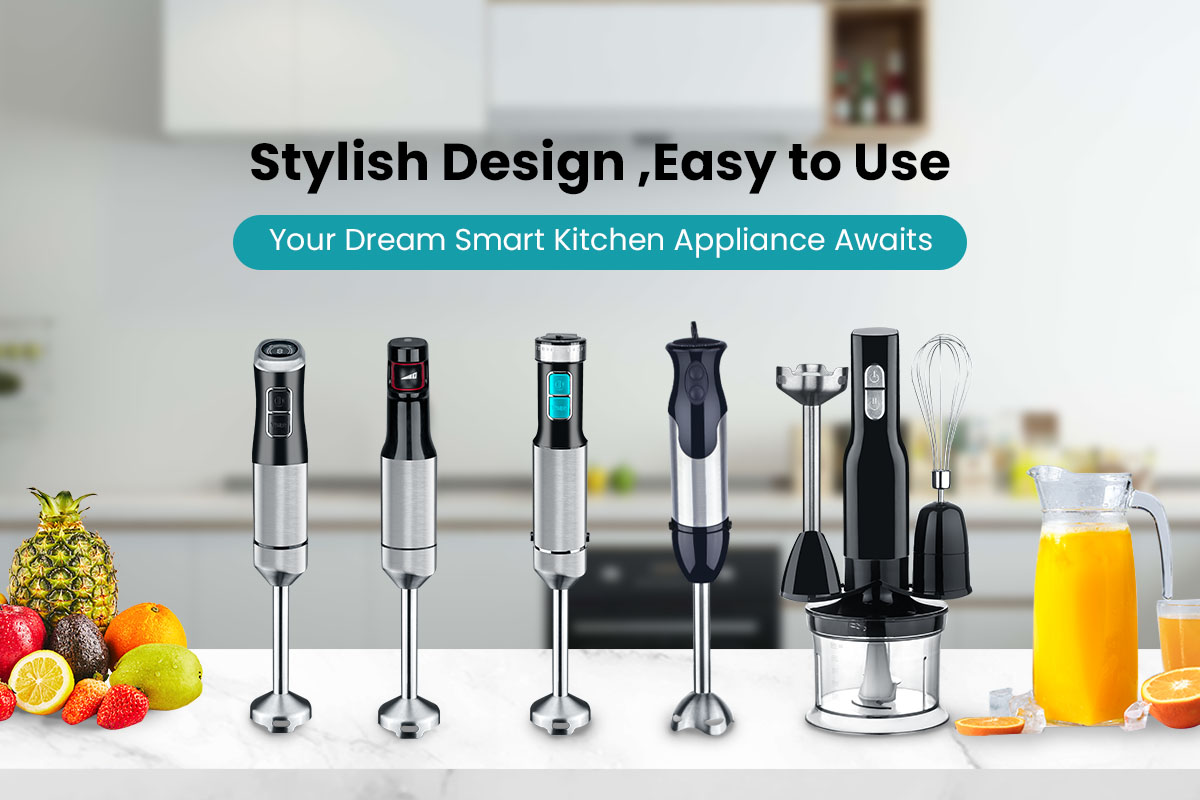Cleaning Procedures and Safety Measures for Nutrition Blenders
In this context, Nutrition Blenders are without doubt one of the most important equipment in a kitchen, or foodservice establishment, and are equally helpful in making smoothies, shakes, or any other food item which is blended with nutrients. To guarantee hygiene, effectiveness, and durability of these blenders, effective cleaning and maintenance should be performed. The following cleaning steps and precautions will provide you with a guide on how to keep your nutrition blenders in a perfect state.
Step 1: Disassemble the Blender
When cleaning blenders, the first step is to switch off and remove the plug from the power source. First, detach the blender jar, lid, and blade assembly, all of these being removable components. This process is very useful in that it enables one to wash every component in detail. Most nutrition blenders have removable parts that can be cleaned in a dishwasher, however, please look at the manufacturers directions for details.
Step 2: Rinse Immediately After Use
In this case rinsing the blender after every use is not very complicated, and it is important to do so in order to avoid food particles from becoming caked on the blender parts. Following disassembly, it is best to run the jar and blades under warm water to try and get as much of the remaining materials off as possible. Wash the food-coated areas around the blades and the edges of the jar with a soft sponge or brush. Do not use scour pads that are too hard because some parts of the blender can be scratched.
Step 3: Remove All The Components And Clean Each One Thoroughly To The Core
To clean the blender components more efficiently, fill the blender jar to the halfway mark with warm water and add a small amount of any dishwashing detergent of your choice. Cover the blender's strain and whirl it for 15 to 20 seconds. This action assists in cleaning the blades and internal parts to avoid food that is still left behind. Then, after pulsing, the jar is poured out and rinsed thoroughly with clean water to remove all soap.
If your blender has tough stains or bad smell, mix baking soda and water to form a paste or buy a good blender cleaner. Be patient, allow the solution to settle for a number of minutes and then wash it off. Always be careful when cleaning the blades unless injury happens and do not use scrubbing agents that will blunt and damage the edges of the blades.
Guide on How To Properly Wash Your Nutrition Blender
Do Not Soak the Base: Bringing the nutrition blender's motor and base in contact with water is a big compromise and should be avoided at all costs. In case of mistakes, a wet cloth can be used to clean the surface.
Explore Edges for Leftover Food Material: All out parts should be clean and this includes the corners and the edges of the blades where food particles are likely to be stuck.
Do Not Use Strong Cleaning Substances: Do not wash your nutrition blender with bleach or other chemicals; this will spoil the appliance and your food too.
Dry Completely: All the parts must be dry completely before our reassemble them. Too much water is likely to cause growth of yeast inside the blender, the area between the blender blades most especially.
Perform Scheduled Maintenance: After every week or more depending on usage, perform an exhaustive washing of your nutrition blender. Moreover, check the blades on a regular basis and their replacements compulsorily when required.
Conclusion
Appropriate measures should be taken to clean the nutrition blender since this will help in improving hygiene, performance, and quality of food. The heating and the machine parts should be kept in good condition whilst observing the simple maintenance measures. Adequate care is performed to avoid blenders malfunction during alternatives which would normally only work to reach efficient and balanced blends.





